- Write by:
-
Monday, December 13, 2021 - 12:32:16
-
712 Visit
-
Print
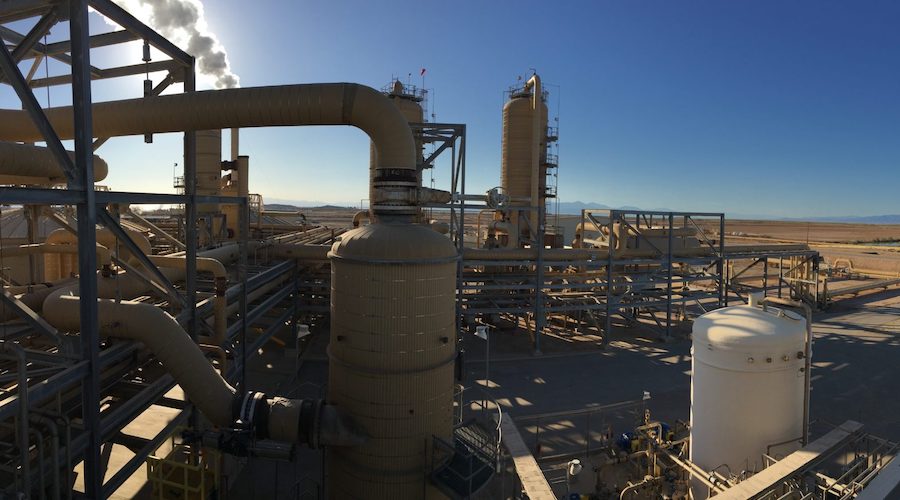
Mining News Pro - A literature review prepared by Berkeley Lab scientists found that geothermal brines in the Salton Sea region of California are expected to be a major source of domestic lithium for the United States in the future but that significant technical challenges have to be overcome.
One of the main obstacles is that brine is extremely hot when it comes out of the subsurface, and it contains a rich stew of many dissolved minerals in addition to lithium.
“It comes out at over 100 degrees Celsius,” Will Stringfellow, lead author of the paper, said in a media statement. “So, you have to deal with the heat. And it’s very, very saline – about 25% by weight.”
Stringfellow pointed out that there are many materials in the mix that could potentially interfere with the extraction.
“There is a lot of salt, meaning a lot of sodium, a lot of chloride. There’s also a lot of calcium and magnesium, and other things like iron and silicon,” he said.
However, based on the review he conducted with co-author Patrick Dobson, a few ideas seemed feasible.
In their view, the most technologically advanced method of lithium extraction is adsorption using inorganic sorbents, but other promising technologies are also being developed and could be used in the region, one of them being inorganic molecular sieve ion-exchange sorbents, which are being applied for extraction of lithium from brines.
The review looked at the published literature and industrial and government reports, as well as lithium extraction technology patents.
“We were commissioned by DOE’s Geothermal Technologies Office to conduct an independent analysis of mineral extraction technology in the context of geothermal energy production,” Stringfellow said. “There have been previous reviews of individual fundamental processes, but this is, to our knowledge, the first comprehensive review that looked at the more applied-science side of the process.”
According to the researcher, who is an expert on industrial waste treatment and management, the Department of Energy is interested in both geothermal energy and the lithium supply chain.
Besides conducting this review, he and his colleagues at Berkeley’s Lithium Resource Research and Innovation Center have been working on projects focusing on how to determine the chemical composition of hot brine in real-time, without needing to cool it down, enabling better process control to maximize the efficiency of lithium extraction.
They are also working on a techno-economic analysis with two companies operating at the Salton Sea – Berkshire Hathaway Energy and Controlled Thermal Resources – to see if lithium extraction technologies can be done in a way that makes it cost-competitive with other forms of lithium production.
Short Link:
https://www.miningnews.ir/En/News/617270
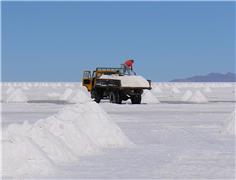
Chile’s state-run miner Codelco plans to select a partner for a future lithium project in one of the country’s top salt ...
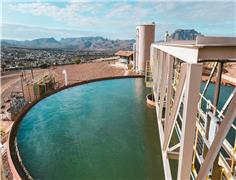
A Native American group has asked all members of a US appeals court on Monday to overturn an earlier ruling that granted ...
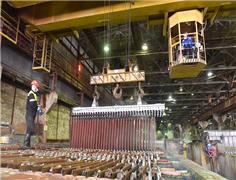
The London Metal Exchange (LME) on Saturday banned from its system Russian metal produced on or after April 13 to comply ...

Chile’s SQM called another investors meeting at the request of its second-largest shareholder, Tianqi Lithium Corp., ...
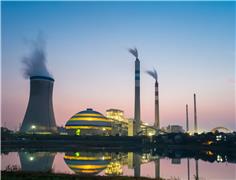
The world’s coal-fired power capacity grew 2% last year, its highest annual increase since 2016, driven by new builds in ...
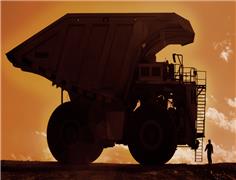
Peabody Energy Corp. shares sunk to the lowest in seven months after the biggest US coal miner warned that first-quarter ...
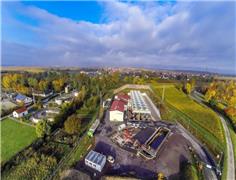
Lithium supplier Vulcan Energy on Wednesday announced the start of production of the first lithium chloride at its ...
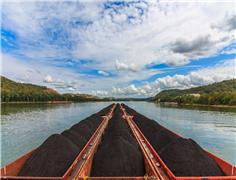
BMO Bank quietly dropped its policy restricting lending to the coal industry in late 2023, helping it avoid being ...
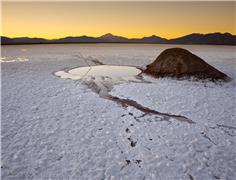
A stuttering recovery in lithium prices is providing a fresh reminder of why the dramatic rally of recent years was ...
No comments have been posted yet ...